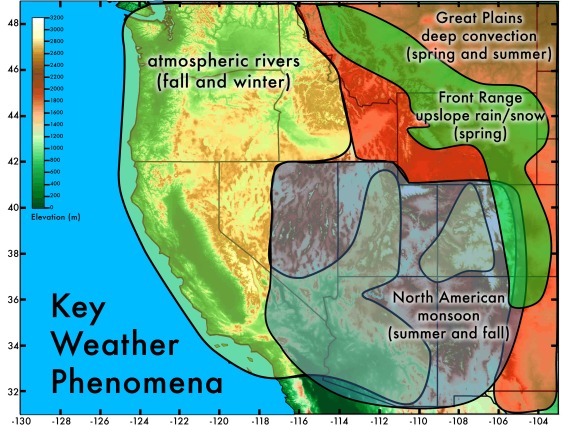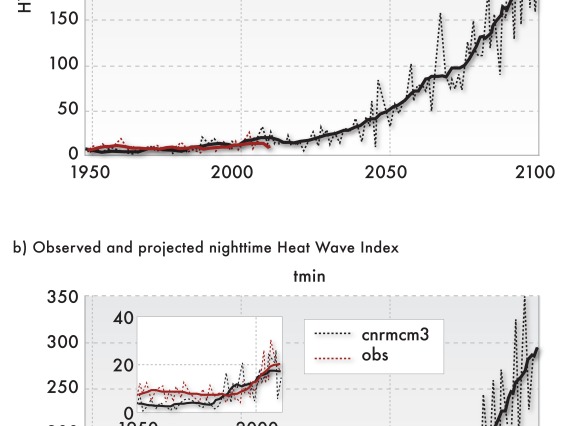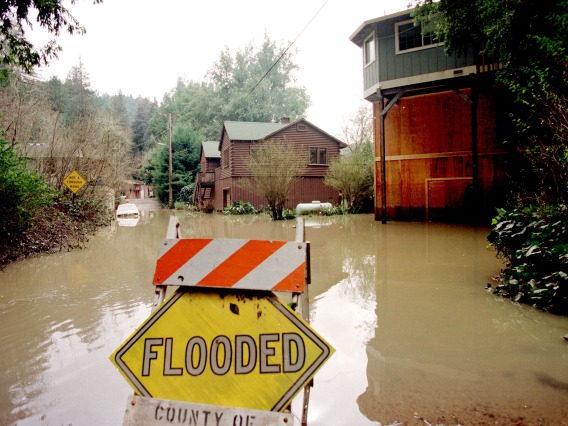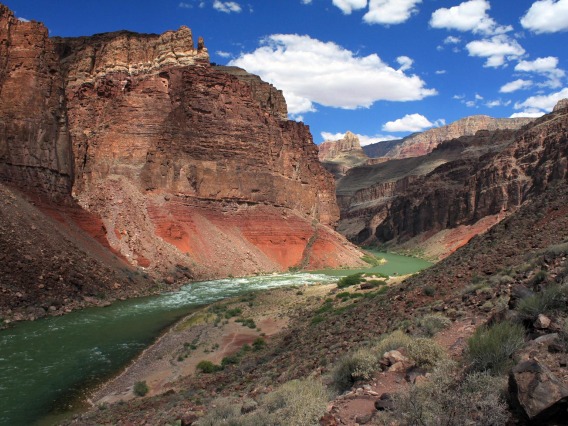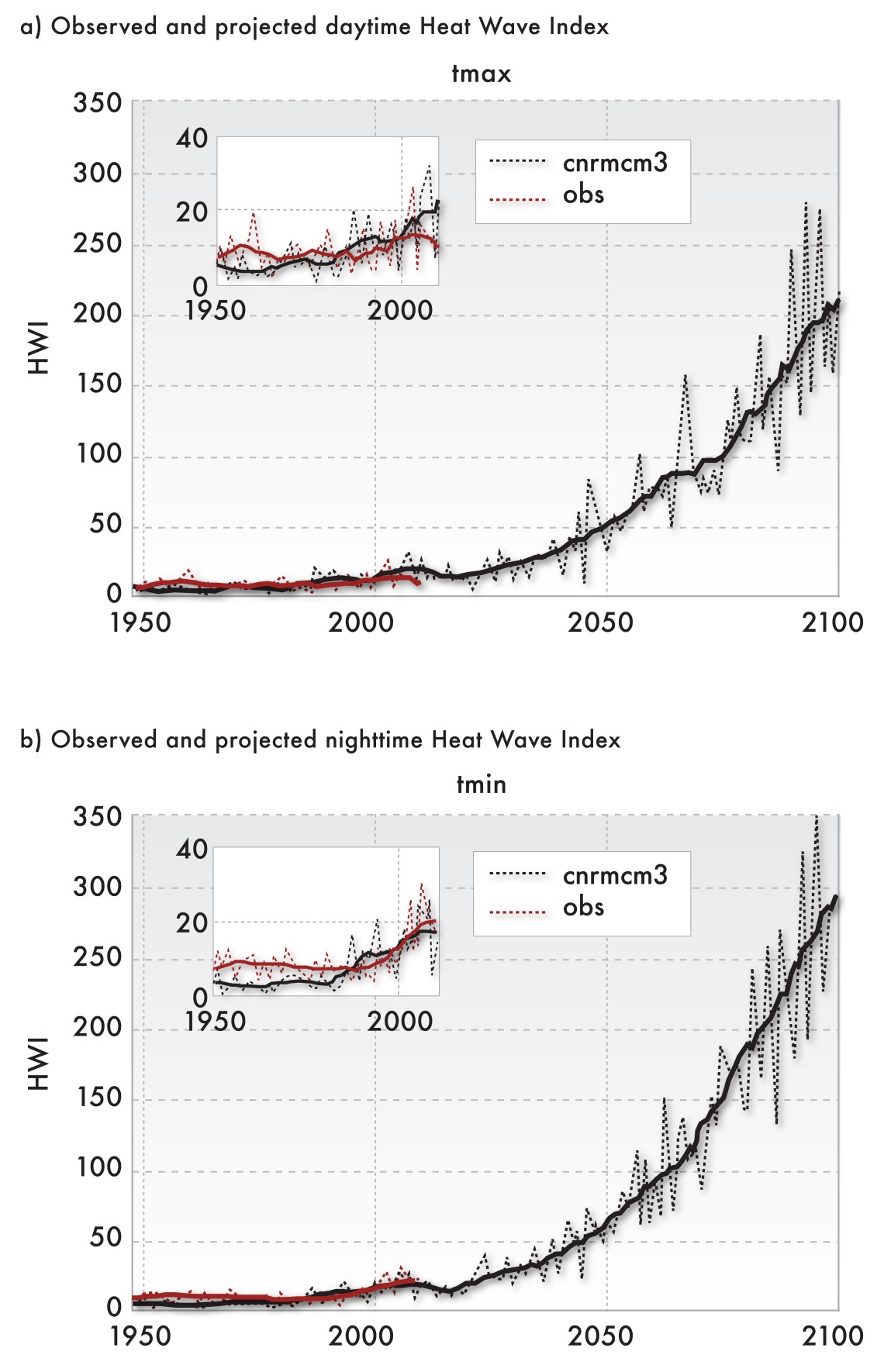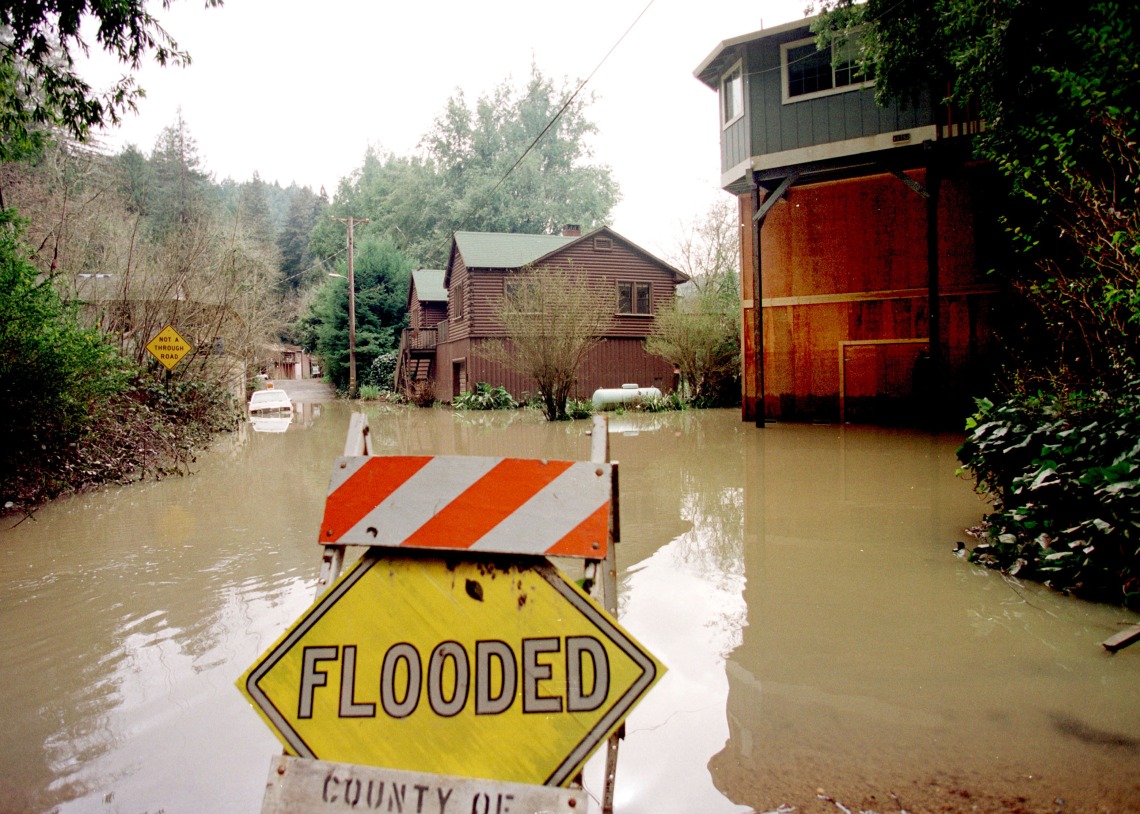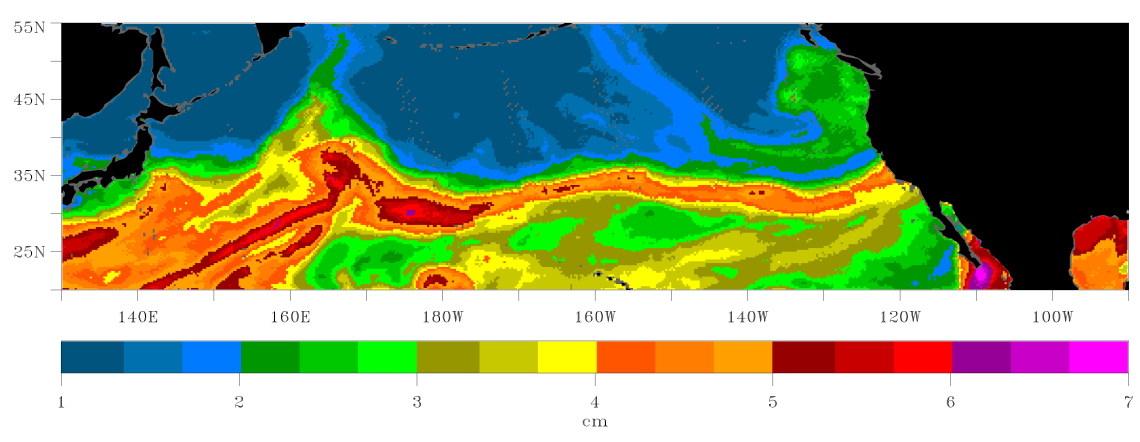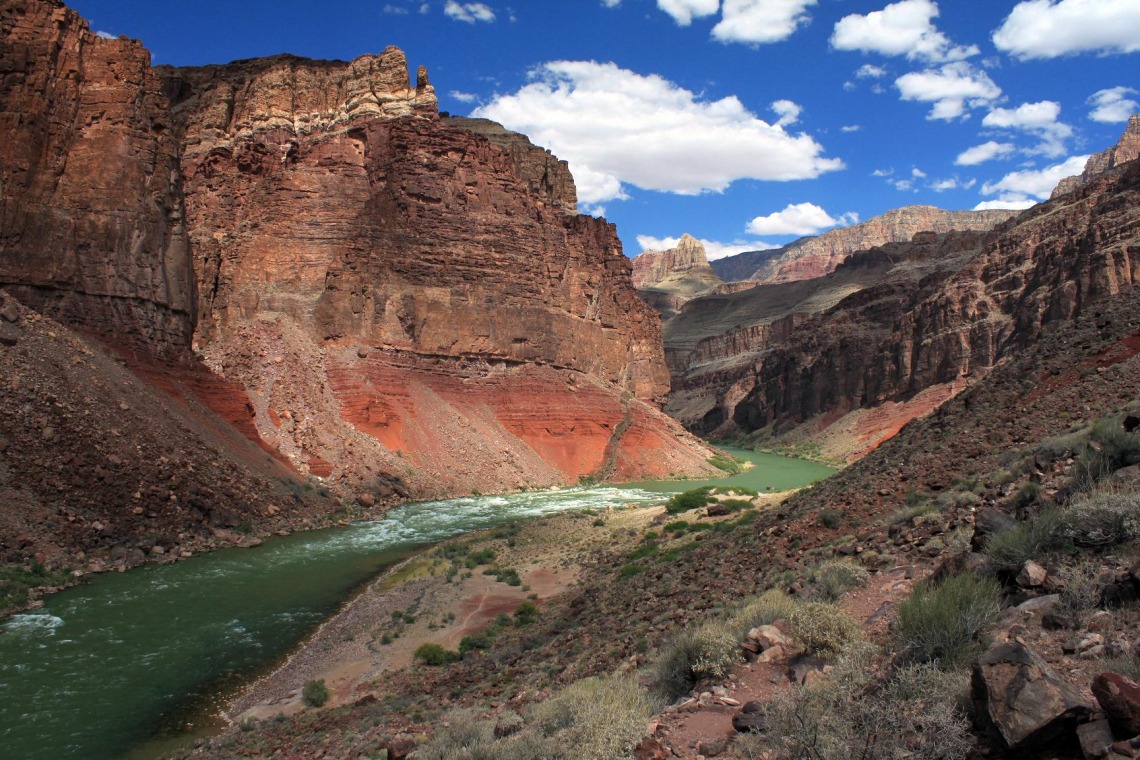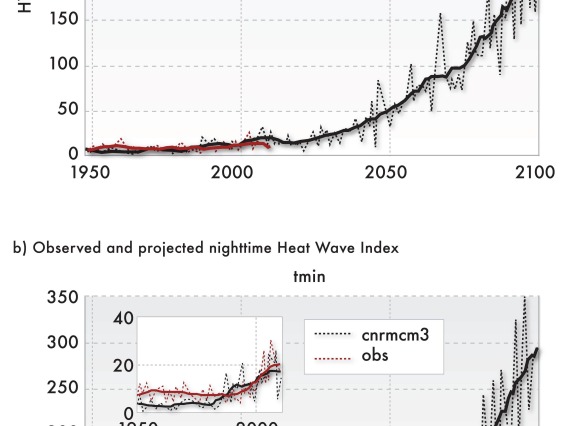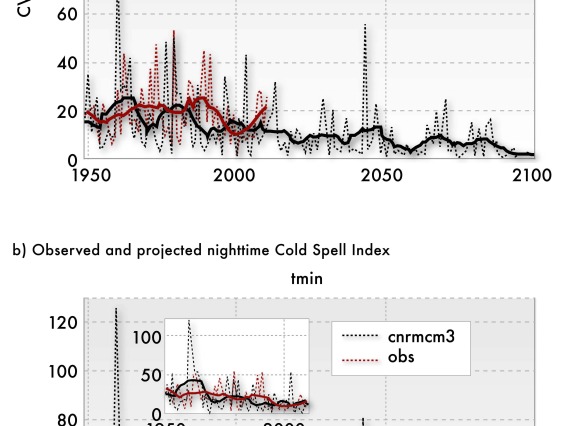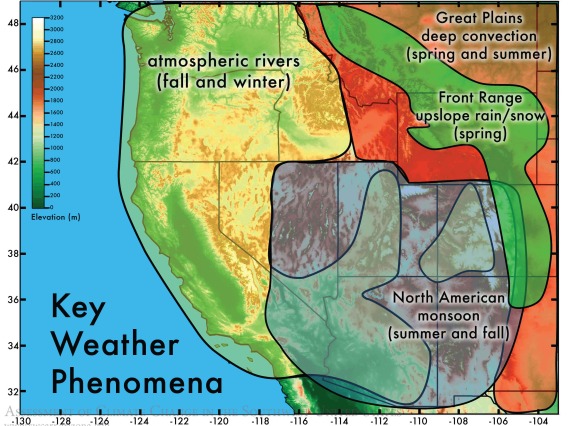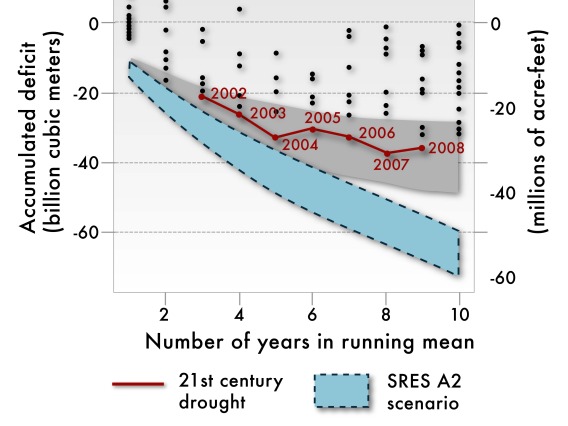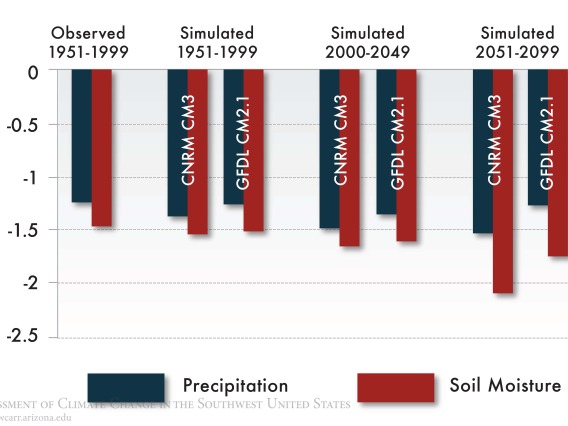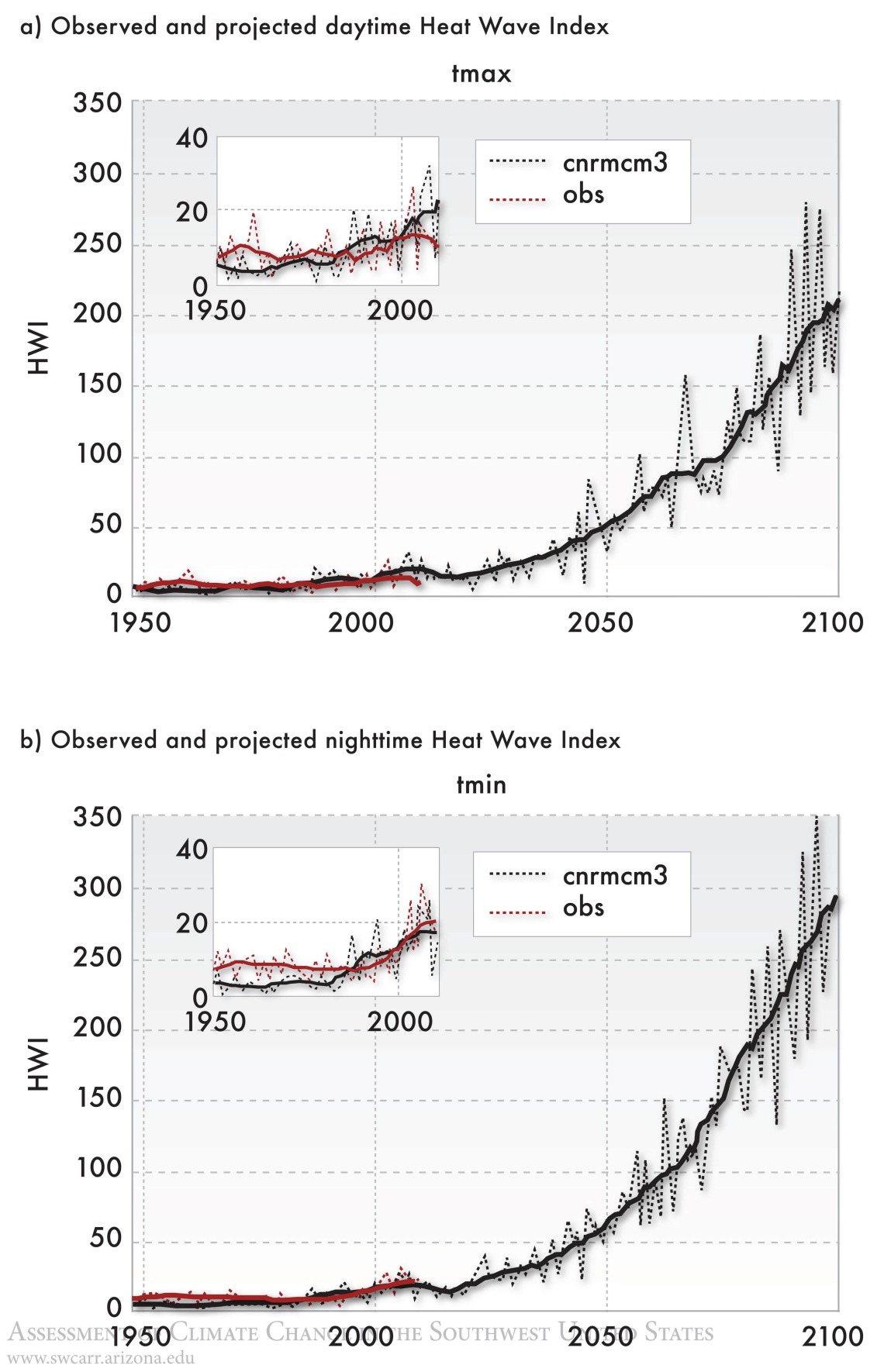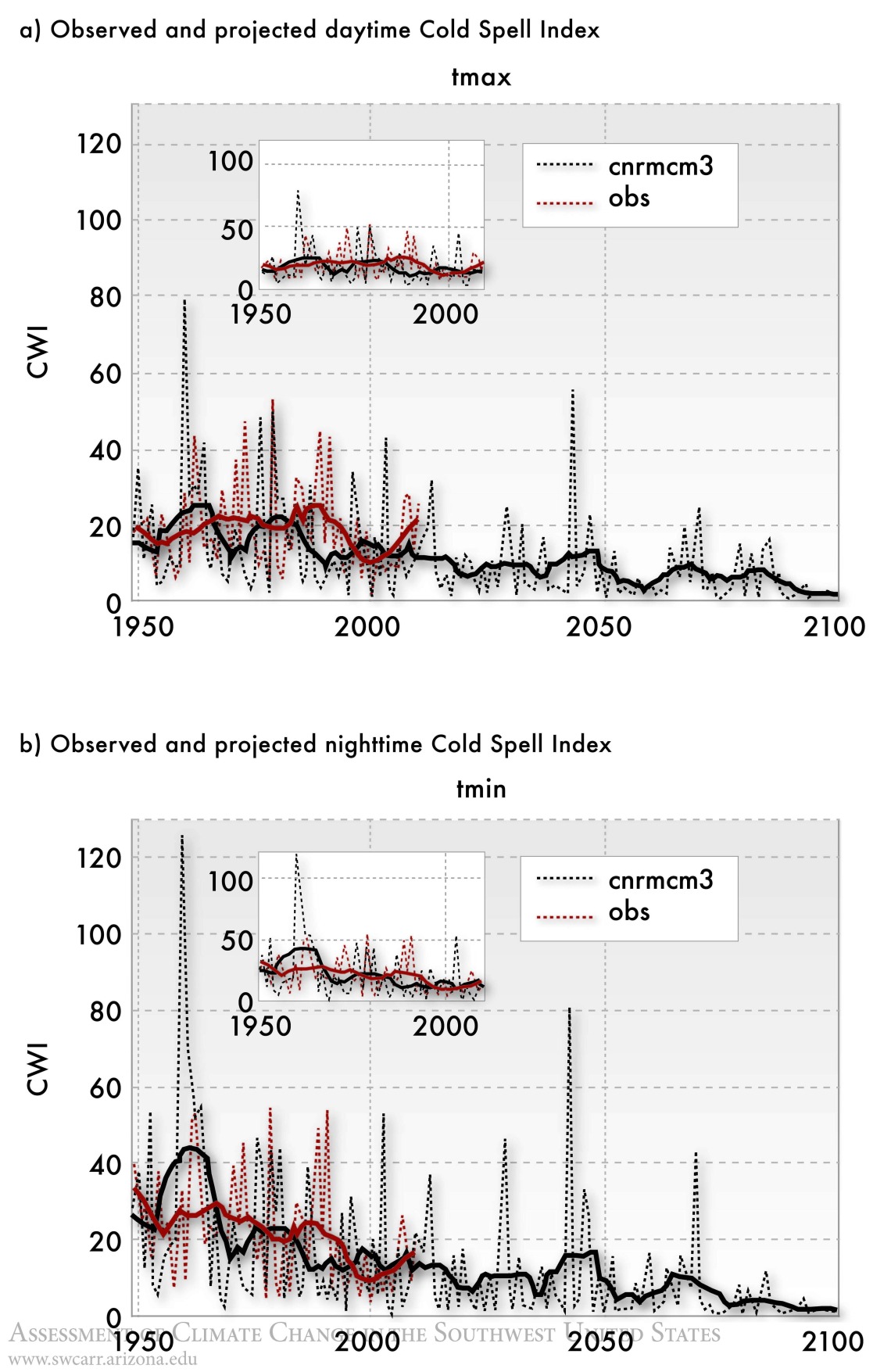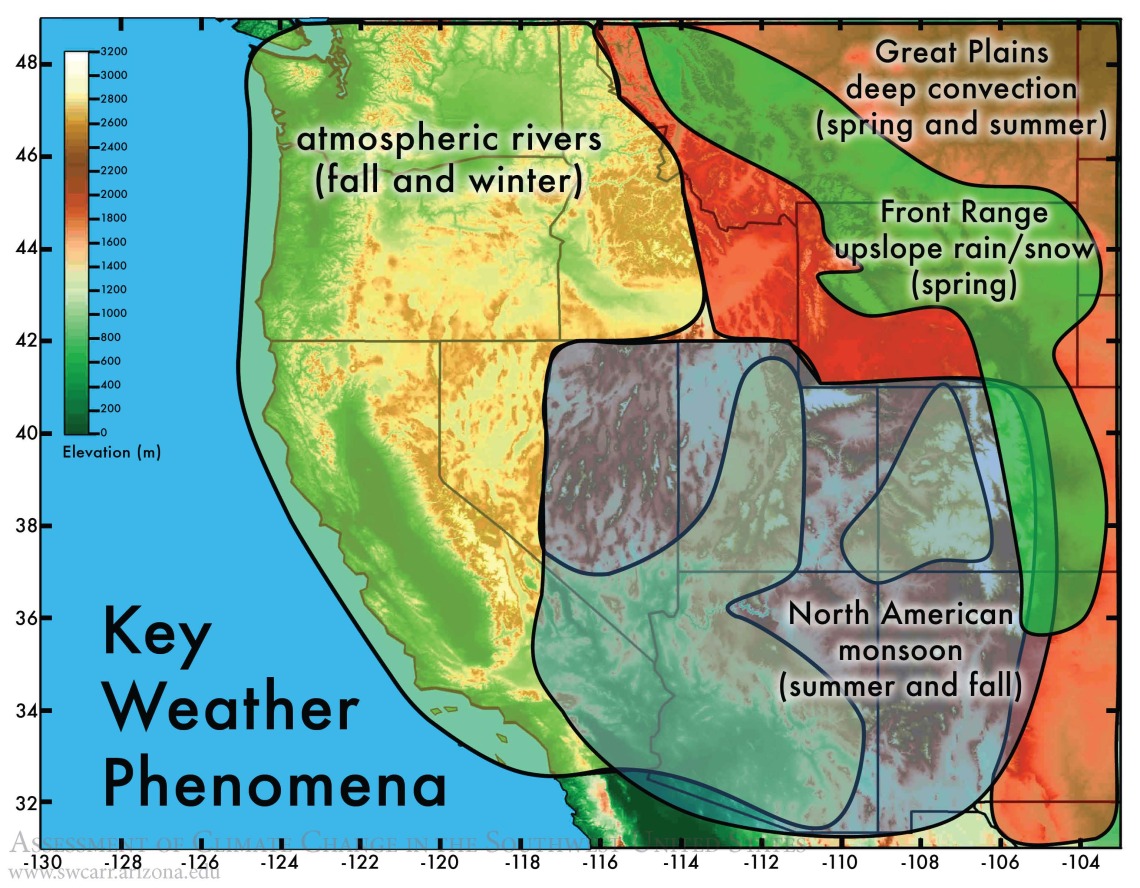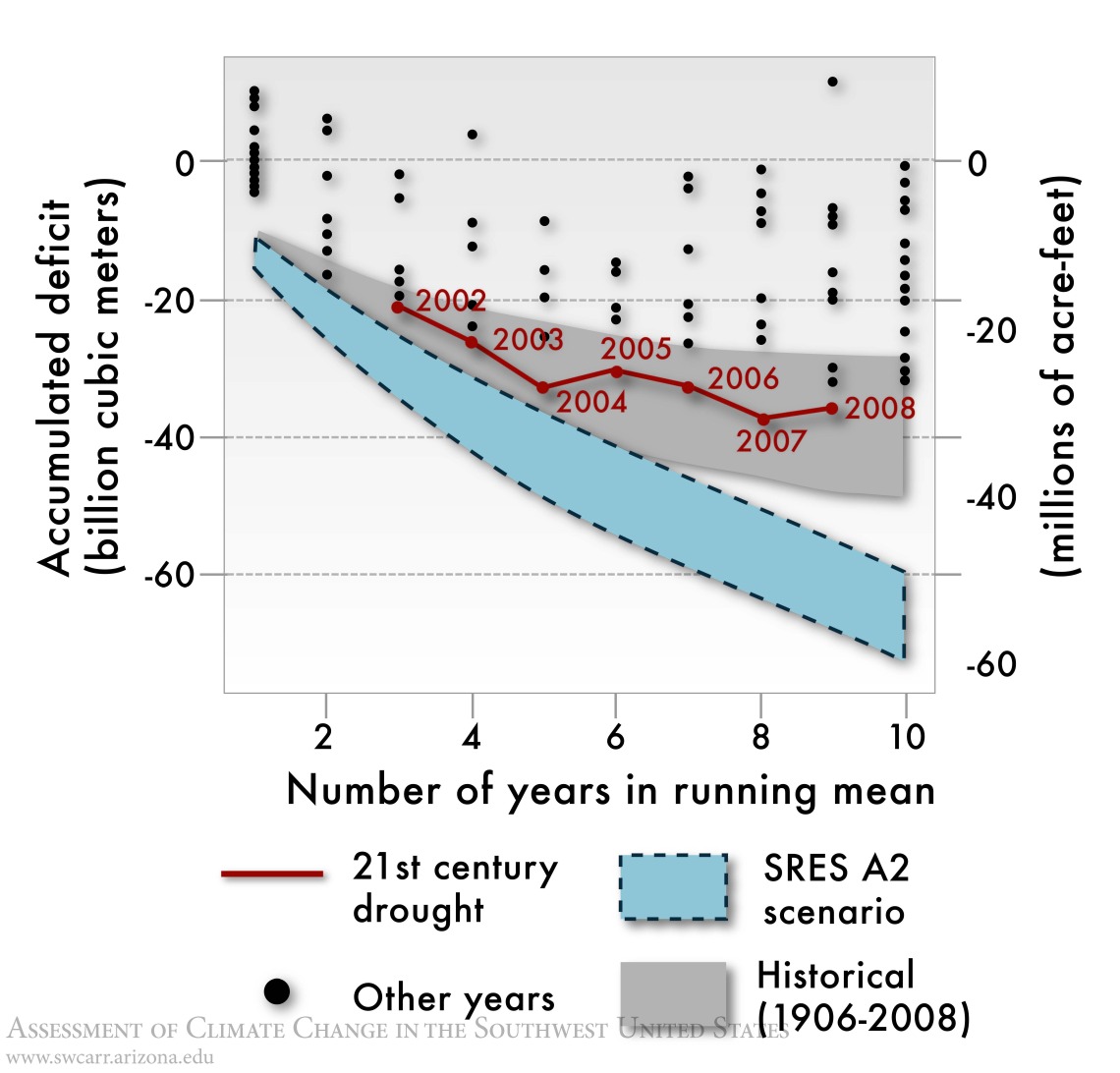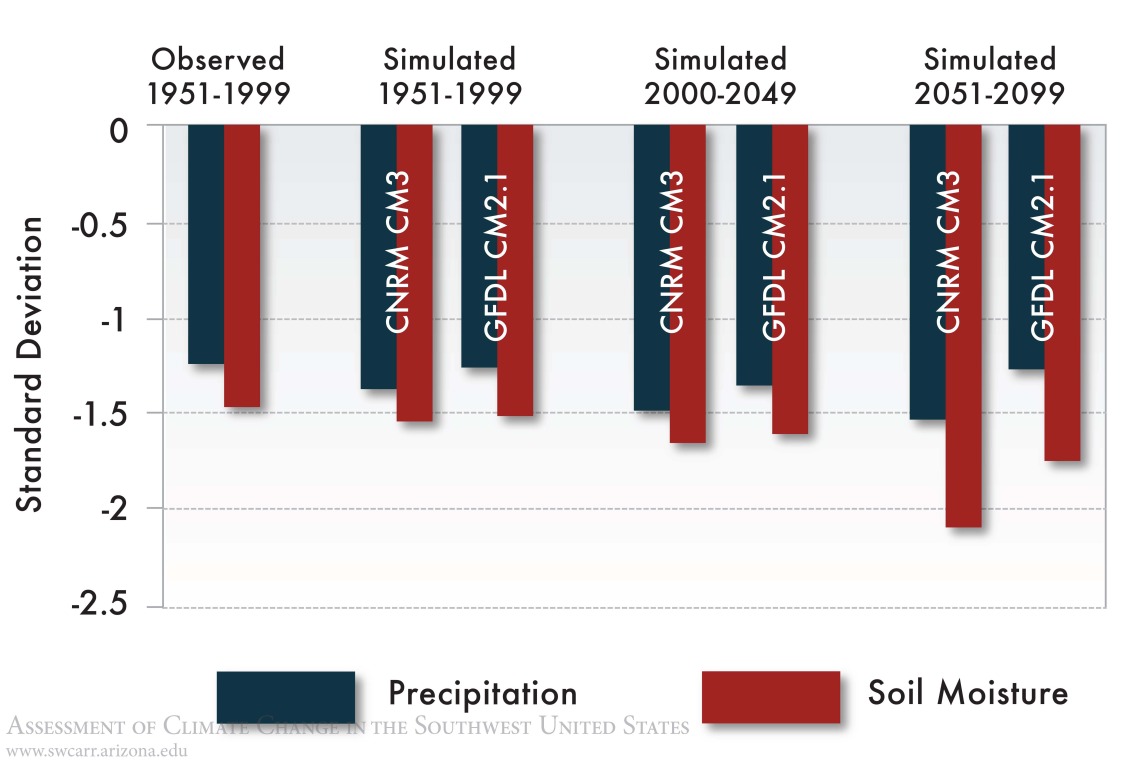Future Climate: Projected Extremes summarizes the current scientific understanding about how weather and climate extremes in the Southwest are expected to change as global and regional temperatures increase, examining heat waves, cold snaps, drought, floods, and possible changes in weather related to wildland fires and to such phenomena as atmospheric “rivers” and Santa Ana winds.
Citation:
Gershunov, A., B. Rajagopalan, J. Overpeck, K. Guirguis, D. Cayan, M. Hughes, M. Dettinger, C. Castro, R. E. Schwartz, M. Anderson, A. J. Ray, J. Barsugli, T. Cavazos, and M. Alexander. 2013. “Future Climate: Projected Extremes.” In Assessment of Climate Change in the Southwest United States: A Report Prepared for the National Climate Assessment, edited by G. Garfin, A. Jardine, R. Merideth, M. Black, and S. LeRoy, 126–147. A report by the Southwest Climate Alliance. Washington, DC: Island Press.
Alexander Gershunov (Scripps Institution of Oceanography)
Balaji Rajagopalan (University of Colorado)
Jonathan Overpeck (University of Arizona)
Kristen Guirguis (Scripps Institution of Oceanography)
Dan Cayan (Scripps Institution of Oceanography)
Mimi Hughes (NOAA)
Michael Dettinger (U.S. Geological Survey)
Chris Castro (University of Arizona)
Rachel E. Schwartz (Scripps Institution of Oceanography)
Michael Anderson (California State Climate Office)
Andrea J. Ray (NOAA)
Joe Barsugli (University of Colorado/Cooperative Institute for Research in Environmental Sciences)
Tereza Cavazos (Centro de Investigación Científica y de Educación Superior de Ensenada)
Michael Alexander (NOAA)

